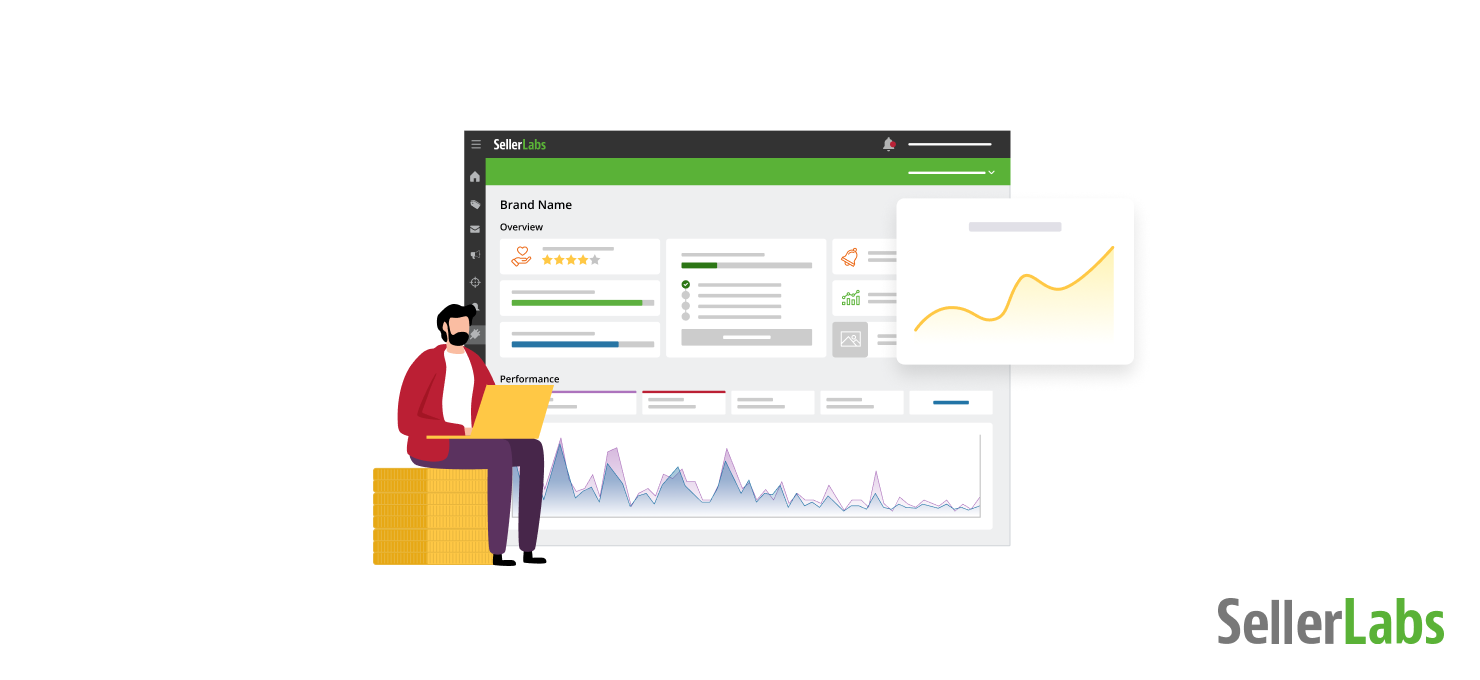Why You Need Amazon Product Research
Amazon product research is the easiest way to find the right products to sell on Amazon. Whether you’re thinking about selling on Amazon FBA or you’re looking for potential products to expand your catalog, you need an Amazon product research tool.
Why? Here are the two biggest reasons:
1. Understand Pricing Profitable Products
You can’t sell a product for more than a buyer is willing to pay. However, there are times when customers will only pay a fraction of the cost it takes to bring a product to market. That’s why proper research is critical to do before you launch a product. There’s a myriad of things you should do before a product launch, but finding out the price and the cost is critical.
Use these pro-tips and product launch checklist to help you cover your bases and eliminate any blockers to Amazon success.
Caroline PowellWhen it comes to product sourcing, always support your product ideas with pricing data. Forecast your potential profits with a sales estimator.
2. Use Keyword Search Volume to Size a Market
Winning products need winning keywords, and an Amazon SEO tool will help you pick those keywords. You don’t want to waste time writing product listings that no one reads!
However, keyword research goes far deeper than topping search results. When you combine search term insight with pricing information, you get a sense of market demand.
Find products whose keywords have high search volume, but relatively low prices. Look up 2 – 5 phrases that describe that product to get a good indication of the size of the market. If the profit margin is high and the relevant search terms are popular, you’ve struck gold.
Once you’ve established a product database using these tactics, it’s time to do a little more digging. Where do you start?
CHAPTER I Goals of Amazon Product Research
To make the most of Amazon product research, define your goals. If you don’t know what you’re researching, you’ll drown in data. Instead, use the data intelligently to answer the following questions.
1. What’s Your Product Concept?
Customers want something fresh and original. Make sure that your product brings something new to the marketplace.
2. What’s the Profit Margin?
Most shoppers would rather try a new product at $15-$25, rather than take a chance on something overpriced. Remember to leave some wiggle room in your calculations so that you can offer deals and promotions.
3. How Strong is the Market Demand?
If other brands are selling this product, make sure the demand justifies the competition. Factor in the fact that seasonal products are reliant on one small time window to carry the year’s profits.
4. How Much Will It Cost to Sell the Product on Amazon?
Amazon has a lot of seller fees, including storage, inventory cleanup, FBA shipping, etc. Check the fine print to see what Amazon will charge you.
5. Does the Product Help You Create a Long-Lasting Brand?
More and more, becoming a brand is imperative to success on Amazon. You want a product that encourages repeat purchases and hype. Consider the Amazon Influencer Program and look for any influencers you’d like to work with.
CHAPTER II How to Do Amazon Product Research
You’ve got your list of questions, but how do you find answers? You can use sites like Google Keyword Planner, Google Trends, or Amazon itself for product research.
The best way is to use a tool like Seller Labs PRO. From keyword research to sales estimation, Seller Labs PRO has you covered. Here are our top two product research hacks using PRO:
Use PRO to Estimate Amazon Fees
One of PRO’s greatest features is that the chrome extension estimates the cost associated with selling a certain product. PRO will show you two metrics:
- Amazon Commission, the combination of the fees that Amazon charges sellers who sell that product.
- FBA Fee, which will help you weigh the costs and benefits between FBA and Fulfilled by Merchant.
Pro Tip:
If you’re researching a competitor’s product and not the product you want to sell, Amazon Commission & FBA Fee will be a rough guess of your final costs.
Determine Profitability with PRO
PRO allows you to plug in the unit cost of your product and the Cost of Goods Sold (COGS). These two metrics evaluate how efficiently you manage fees in the production process.
Note:
COGS includes any fees, wages, or other costs broken down per piece, but only those outside of Amazon.
Once you enter your unit price value, you’ll see that PRO automatically updates the estimated profit. If you find an estimated monthly profit that meets your hopes then you’ve got a winner!
Stay Profitable
Staying profitable means the work doesn’t stop with choosing a product.
